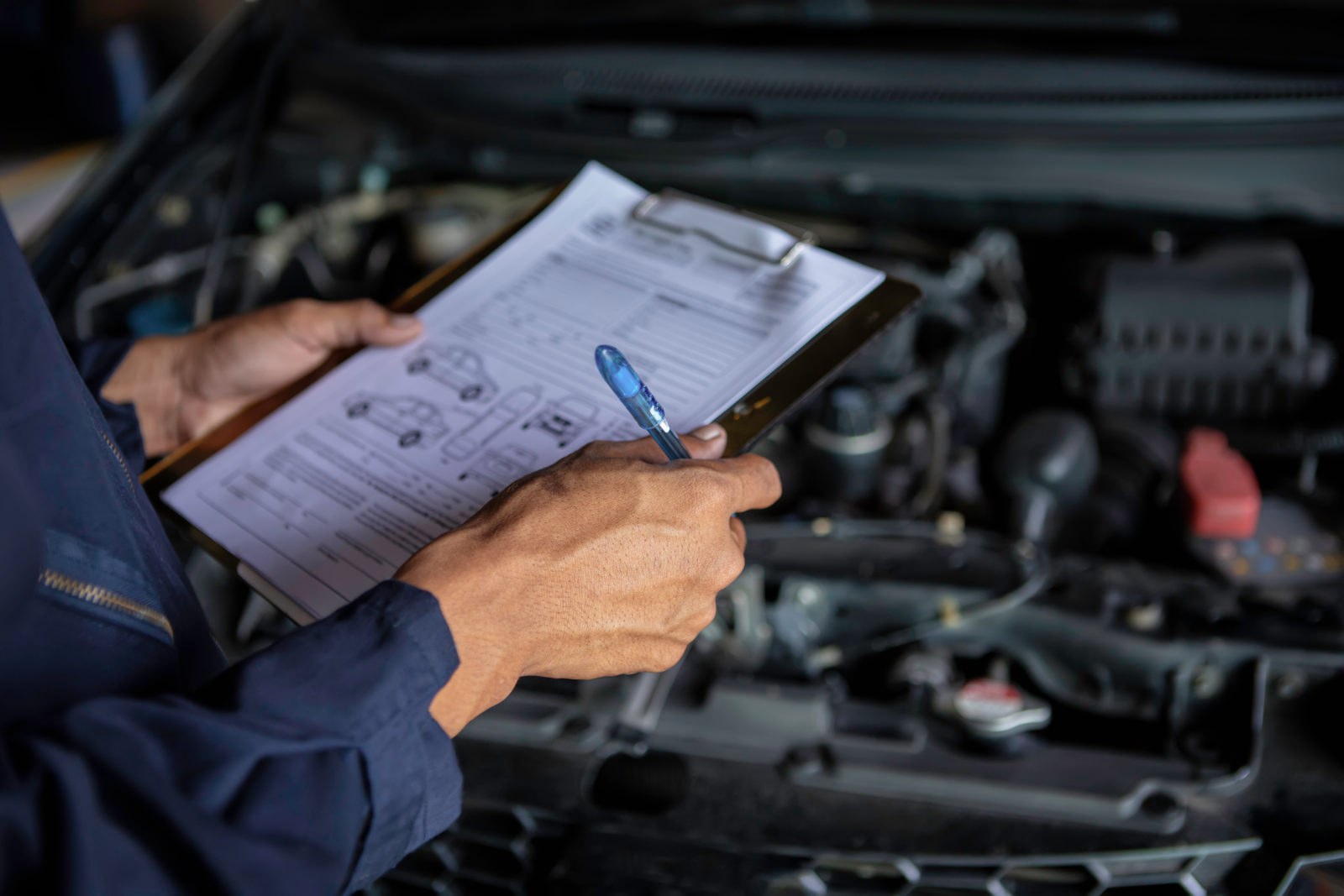The MOT test was introduced in 1960 in a bid to ensure that all vehicles on the UK’s road network were roadworthy and less likely to be the cause of, or worsen, any road traffic accidents. It is now established in law that all vehicles over the age of three must have their annual MOT certificate as proof of their roadworthiness. Traffic can be tricky in areas like London, Wales and Scotland. If you are driving with an expired MOT certificate, you will no longer be able to drive your car as you would be doing so illegally.
Here are five tips that will help you pass your MOT.
Understand What is Needed
In fact, your vehicle should always be in a condition that would pass the MOT test. The certificate is merely proof that at the time of your test the car was in good condition. Should your vehicle be found to have something wrong with it that would result in an MOT fail, you will be instructed to immediately have that fault repaired, with the penalty of losing your car, incurring a fine or having penalty points put on your licence as a result of noncompliance. With this in mind, the best way to understand what your MOT inspector is looking for is to have a link to the latest MOT checklist on hand whenever you are doing car maintenance. (Find it here.)
Vehicle Structure and Condition
Your vehicle should always be clean and in good condition with no dents, scrapes or rust patches. While minor dings may pass unnoticed, clear signs of obvious damage will raise the inspector’s guard. It should also be as uncluttered as possible – if your car is obviously dirty, overcrowded, and this is potentially a hindrance to your safe driving, the MOT inspector can insist that you take your car away and clean it before he or she will attempt to MOT test it. If you have left your MOT booking to the last minute, this can be problematic for you as there is no grace period for an MOT – but you can book the test for any time within the thirty days preceding the expiry of the old certification without losing your anniversary date. So, if you are due for your MOT – don’t delay it. There are many local MOT garages in Scotland where you can book your appointment online. One such garage for booking your MOT in Dundee is Fife Autocentre (01382 205000).
Brakes, Lights and Steering
These three elements were the sole constituents of the original MOT test, back in 1960, and they still comprise a surprisingly high proportion of the MOT failures seen today. Together, these three factors can help you tremendously during a breakdown or immediately after an accident, allowing you to steer your car safely to the side of the road, come to a safe stop, and be seen by other road users thanks to your various lights, from hazard warning lights to brake lights to your interior lights. Lights are the single most failed item on the MOT test and while this is probably because there are so many lights in your car (in addition to those mentioned above, there are fog lights, headlights, reversing lights, and the many dashboard warning lights) it is vital that each and every one of them is in good working order.
Wheels and Tyres
Your tyres are the rubber objects which are the only part of your car in contact with the road, and your wheels are the parts that connect your tyres to the axles – this is a distinction often missed by those who are not especially mechanically minded. Working together, your wheels and tyres are responsible for a great deal of your safety on the road, and the comfort of your ride too.
Do Sweat the Small Stuff
That tiny chip in the windscreen? The slightly low water level in your radiator or screen-wash reservoir? The funny squeak and dip going around corners? Nothing to worry about – they hardly affect the roadworthiness of your car, after all! Actually, this is completely wrong! Tiny chips can dramatically expand into windscreen-shattering cracks; too little water in the radiator means your car could overheat, and a low screen-wash reservoir means that just one greasy bug too many and your visibility when driving will be seriously compromised. The squeak and dip referred to is a classic sign of suspension damage, and this, too, can suddenly worsen into something much more serious. Act upon all these seemingly small things at once to make sure they never turn into major issues – apart from anything else, it will help you pass your MOT test!








Leave a Reply
View Comments